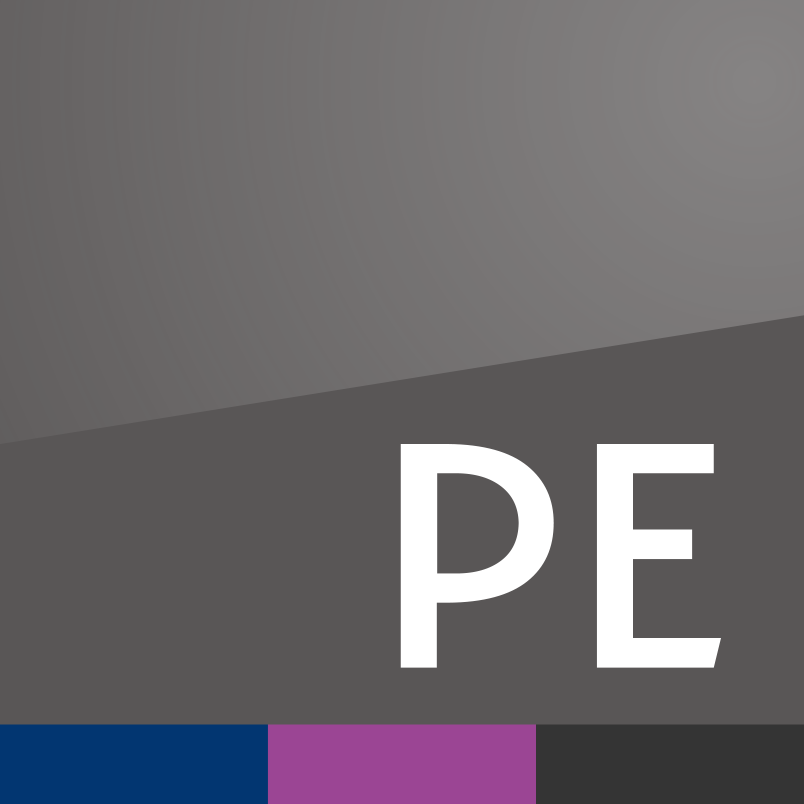The mobility sector has secured the most offtake deals from global low-carbon hydrogen projects that have reached FID, according to an analysis of International Energy Agency (IEA) data by Hydrogen Economist.
Of the 364 projects registered with the IEA that have taken FID, almost half—158 projects—say that they have secured offtake with an entity in the mobility sector.
The next largest demand sector based on offtake agreements was the power sector with 76 projects, and then grid blending with 47 projects.
The refining, ammonia and methanol production sectors—traditionally seen as the key early adopters for hydrogen production—were registered as offtakers for just 45 projects.
Small-scale
The mobility sector has less consistent and smaller levels of demand than industry, making it more suited to early-stage, small production projects. Of the 158 projects that have taken FID and secured offtake from the mobility sector, over two-thirds were less than 2MW in size.
Public transport projects often present the most compelling model for project financing, according to a report by law firm Norton Rose Fulbright, titled Financing hydrogen projects brings unique challenges.
“The amount of hydrogen needed and the locations for refuelling buses and trains are predetermined, so their operators can foreseeably constitute stable offtakers that may serve as the backbone for project financing in the transport sector,” it says.
The prevalence of mobility offtake deals is also explained by the fact that such deals are often signed in addition to offtake deals with other sectors—as was the case for just over a quarter of projects.
Scaling up
Larger projects tended to gravitate towards offtake from other sectors, according to the IEA data. Of the projects over 2MW in size that have taken FID, two-thirds had industrial or grid-blending offtake secured. The power sector was the most prevalent offtaker of all the sectors within the industrial bracket.
“Existing offtake structures can be readily applied to hydrogen in the power sector. In areas with high renewables penetration, hydrogen projects may be particularly appealing as a way to avoid curtailment of renewable electricity plants and to supplement intermittent power generation,” says the Norton Rose Fulbright report.
And blue hydrogen projects are more likely to be used to meet industrial demand than mobility demand, the data shows. Of the 14 registered blue hydrogen projects that have taken FID, 9 serve the industrial sector and none serve the mobility sector. This is likely due to the fact that fossil fuels used to create blue hydrogen are also used in industrial processes.
Changing landscape
Once large commercial-scale projects start to become operational, hydrogen demand models created by the IEA, thinktank the Energy Transitions Commission (ETC) and risk management group DNV broadly concur that the refining, methanol production and ammonia production are likely to form the bulk of low-carbon hydrogen demand by 2030.
The IEA project database was last updated at the end of last year.









Comments